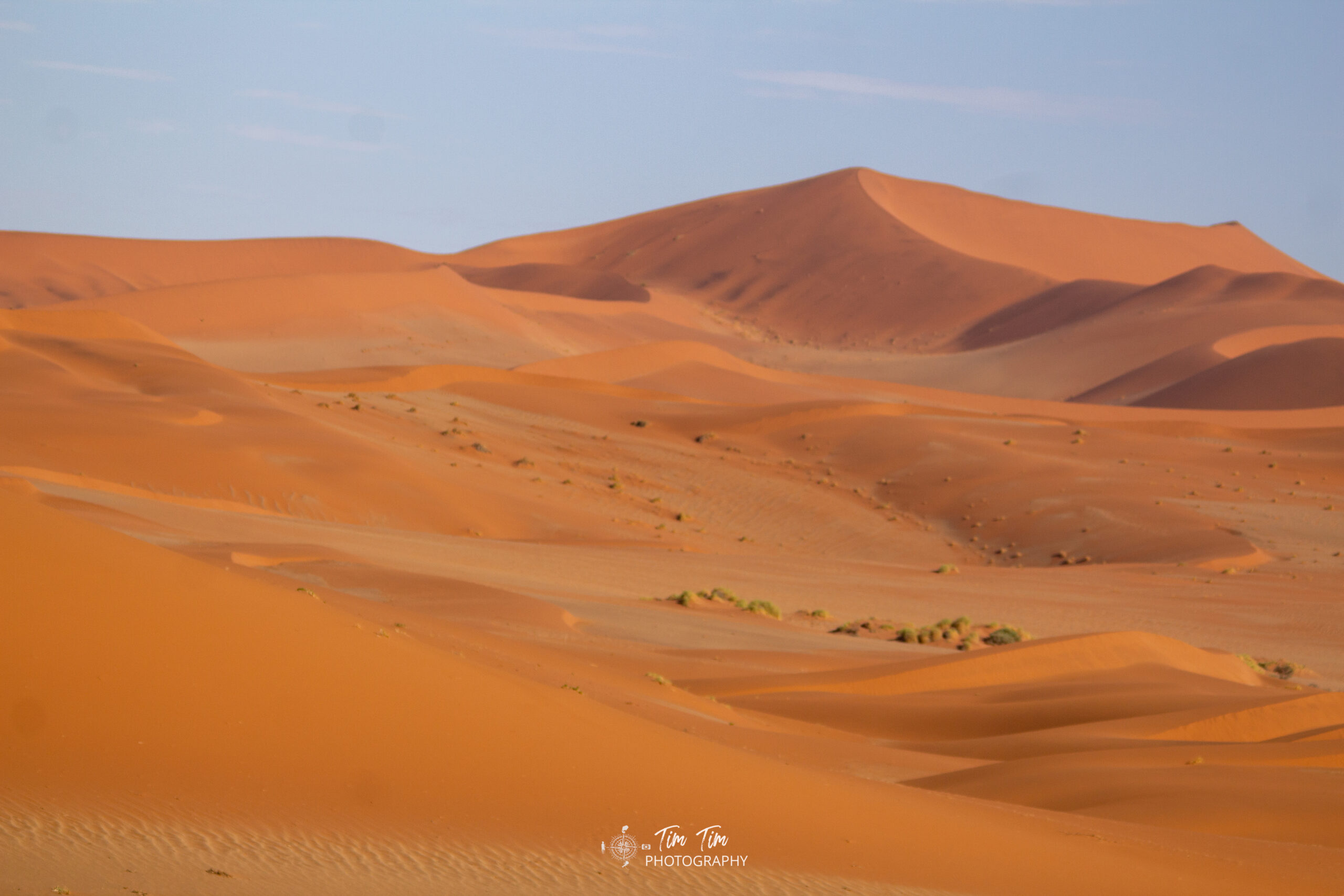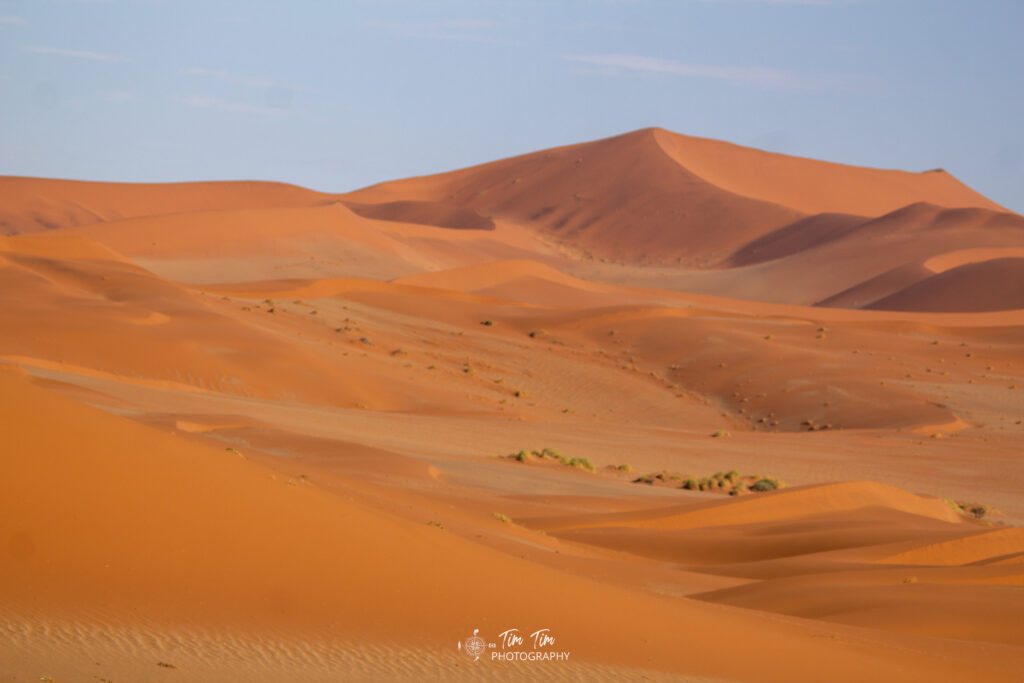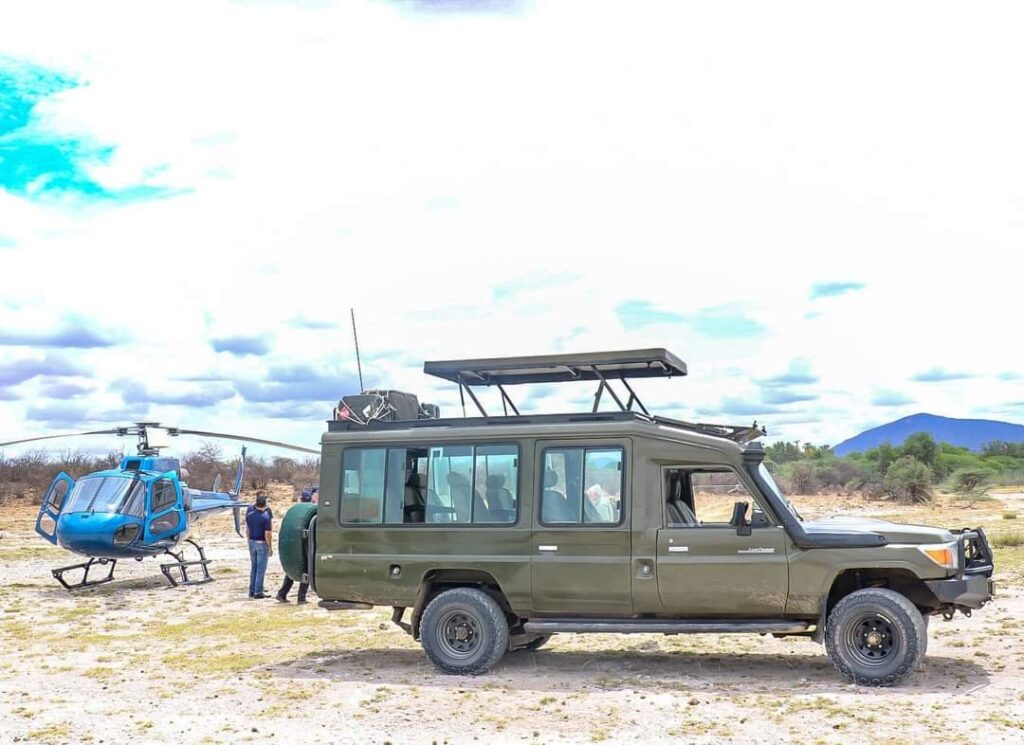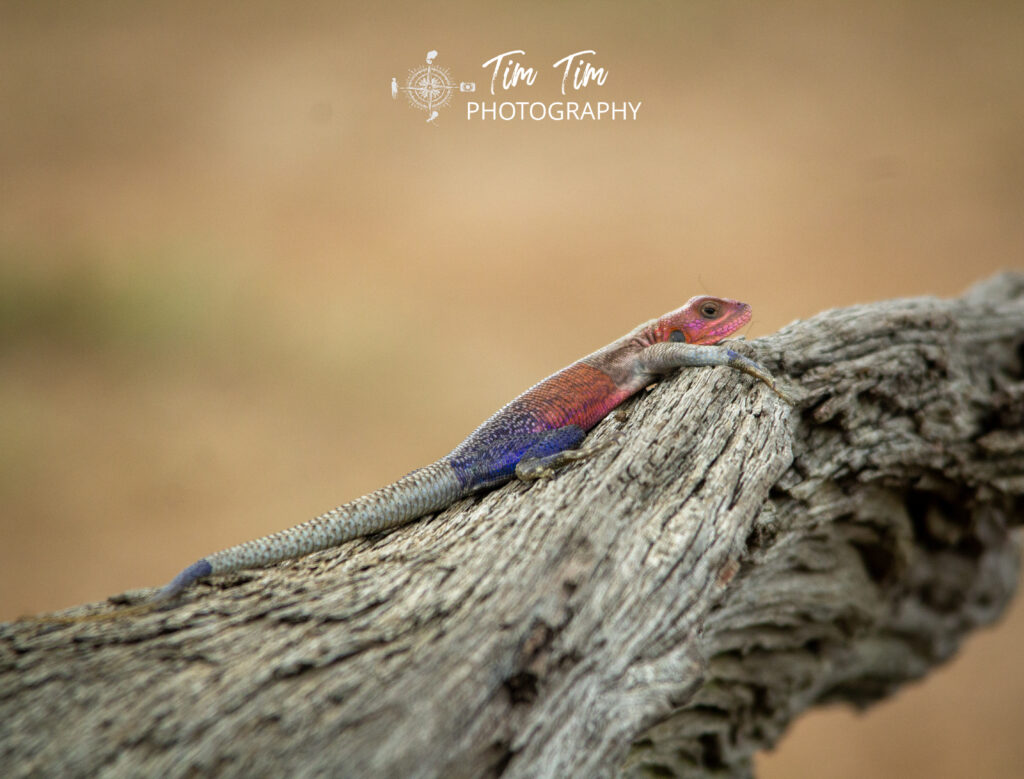
Namibia, a land of wild beauty and unparalleled contrasts, is a country that stands out not only for its stunning landscapes but also for its unique wildlife, ancient cultures, and incredible sense of space. From the tallest dunes in the world to the vast savannahs teeming with game, Namibia offers an experience like no other. As a guide and traveler, it’s hard not to be captivated by this unspoken haven—this is where the beauty of the Namib Desert meets the rugged wilderness, and where adventure awaits at every turn.
This itinerary takes you on a thrilling safari journey through Namibia, with stops at iconic destinations like Sossusvlei, Etosha National Park, and the Popa Falls, before heading to Victoria Falls to witness one of nature’s greatest spectacles. Along the way, we’ll explore Namibia’s rich culture, especially through a cultural interaction with the San people, also known as the Bushmen—the true custodians of the land.
Day 1: Arrival in Windhoek – Gateway to Namibia
Welcome to Windhoek, Namibia’s capital, where your adventure begins. This vibrant city is known for its unique blend of German colonial architecture and modern African influences. As you step into Windhoek, you’ll immediately feel the country’s rich cultural tapestry. Relax at your lodge, settle in, and perhaps take a leisurely evening stroll to explore the city before your safari truly begins
Day 2: Drive to Sesriem – The Gateway to the Desert
On day two, you’ll set off toward Sesriem, the basecamp for your desert adventure. Sesriem serves as the gateway to one of the most breathtaking natural wonders of Namibia—the Namib Desert. The landscape here is dramatic and vast, a true desert experience. On arrival, enjoy a sunset scenic flight that will give you an aerial perspective of the endless orange dunes, providing an extraordinary view of the famous Dead Vlei and the vast desert pans below. The iconic Sossusvlei and Dead Vlei are some of the most photographed sites in all of Africa, and you’ll have a chance to capture their beauty in the soft light of sunrise the following morning.
Day 3: Sunrise on the Dunes – Dead Vlei & Sossusvlei
Prepare for an unforgettable experience as you rise before dawn to watch the sun rise over the towering dunes of Sossusvlei. The light plays magical tricks as it paints the sand in warm hues, casting deep shadows and illuminating the surreal, dead trees that stand in stark contrast to the white salt pans beneath them. This is Dead Vlei—a landscape that feels as though it’s been frozen in time. You’ll have the opportunity to climb one of the highest dunes in the world, Dune 45, offering an exhilarating and awe-inspiring view. Afterward, explore the mystical Deadvlei and Sossusvlei, where the Namib Desert’s stark beauty is on full display.
Day 4: Swakopmund – Desert Meets the Ocean
After your desert adventure, it’s time to wash off the dust and head to Swakopmund, a charming coastal town with a fascinating mix of German colonial heritage and beachside vibes. Nestled along the Atlantic Ocean, Swakopmund offers a range of activities to choose from. You can take part in thrilling sandboarding or a hot air balloon ride over the desert dunes, drift through the coastal waters with a kayaking adventure or embark on a Canoe ride in the Atlantic. There are also plenty of opportunities to relax, enjoy the quaint seafood restaurants, or visit local galleries and museums that showcase the town’s rich colonial history.
Day 5: Spitzkoppe – The Matterhorn of Africa
From Swakopmund, we journey inland to Spitzkoppe, often called the Matterhorn of Africa due to its distinctive, pyramid-like shape. This area is an explorer’s paradise, where rock formations rise dramatically from the arid landscape, offering both stunning scenery and a sense of profound isolation. We’ll also explore the Cape Seal Reserve, a critical conservation area and a haven for Cape seals. Here, the landscape is both harsh and beautiful, offering expansive views, and at night, the skies are illuminated by some of the clearest views of the Milky Way—making it an excellent spot for stargazing.
Day 6-7: Etosha National Park – A Game Viewing Paradise
Our next destination is the world-renowned Etosha National Park, one of Africa’s premier wildlife destinations. Known for its vast salt pans and waterholes, Etosha offers exceptional game viewing. Upon arrival, you’ll settle into your lodge and have the chance to relax. In the evening, enjoy a sundowner by the waterhole, where animals such as elephants, giraffes, and springbok often come to drink at dusk.
On Day 7, rise early for a full-day safari across Etosha’s endless plains, where you’ll track wildlife like the endangered black rhino, Hartmann’s mountain zebra, cheetah, and a variety of antelope. The park is home to an astonishing array of bird species as well, including flamingos, vultures, and African fish eagles. Throughout the day, you’ll stop at waterholes where wildlife congregates, offering remarkable opportunities for photography and observation.
Day 8: Grootfontein – Meet the San People
Today, we’ll make our way to Grootfontein, where we’ll embark on a unique cultural experience with the San people—one of the oldest ethnic groups in Africa. The San people, also known as Bushmen, have lived in harmony with the land for over 20,000 years, and their knowledge of the natural world is unparalleled. We’ll walk with them through their ancestral lands, listen to their traditional stories and songs, and learn about their fascinating Khoisan language, which is characterized by unique clicking sounds. This encounter provides a rare, deep insight into a way of life that has been passed down for millennia.
Day 9: Popa Falls – Iconic Waterfalls in the Zambezi Region
From Grootfontein, we continue our journey to Popa Falls, a stunning series of waterfalls located along the Zambezi River. This tranquil location offers a serene break after the excitement of Etosha and the Namibian desert. Take time to relax, enjoy the natural beauty, or participate in a boat cruise along the river to fully immerse yourself in the lush landscape. Popa Falls provides the perfect backdrop for some quiet reflection and is an ideal place to take in the calm beauty of Namibia’s waterways
Day 10-12: Chobe National Park – An African Wildlife Haven
Next, we cross into Botswana and head to the renowned Chobe National Park, famous for its large populations of elephants. Spend two days in this remarkable park, where the Chobe River provides an abundant water source that draws animals from all around. Game drives will introduce you to the wonders of Chobe, including its incredible wildlife and birdlife, while boat safaris on the river will give you the chance to observe wildlife from a different perspective—offering unforgettable sightings of elephants bathing, hippos, and crocodiles.
Day 13-15: Victoria Falls – The Ultimate Natural Wonder
Finally, your adventure concludes with a visit to one of the world’s most awe-inspiring natural wonders—Victoria Falls, also known as Mosi-oa-Tunya (“The Smoke That Thunders”). Over the next few days, you’ll have ample time to explore the falls from both Zimbabwe and Zambia, marveling at the sheer power and majesty of this UNESCO World Heritage site. Engage in thrilling adventure activities such as bungee jumping, white-water rafting, or a helicopter ride over the falls. Alternatively, enjoy a sunset cruise on the Zambezi River, where you can unwind as the sun sets over this iconic landscape.
1. What is the best time to go on the Namibia Safari and Victoria Falls Adventure?
The best time to visit Namibia and Victoria Falls is between May and October, during the dry season. This period offers ideal weather conditions for wildlife viewing, as animals gather around waterholes, making them easier to spot. The months of July to September are particularly good for safaris in Namibia, while April to November is the prime season for visiting Victoria Falls.
2. How physically demanding is this trip?
This itinerary is moderate in terms of physical activity. It involves early morning game drives, some walking (e.g., with the San people), and climbing the dunes at Sossusvlei. While there are some long drives, we ensure plenty of breaks and rest stops to make the journey comfortable. For activities such as sandboarding and hiking the dunes, participants should be in moderate physical condition. If you have mobility concerns, let us know in advance, and we can tailor certain aspects of the trip to your needs.
3. Is this safari suitable for children?
Yes, the Namibia Safari & Victoria Falls Adventure can be a great family trip, especially for children aged 10 and above. The experience is rich in wildlife, cultural learning, and adventure activities. However, some elements like long game drives and dune climbing may be more suitable for older children. For younger children, we can modify certain activities to ensure a fun and safe experience for all family members.
4. Will we see the “Big Five” during the safari?
While the Big Five (lion, leopard, elephant, buffalo, and rhino) are not guaranteed sightings, they are certainly possible, especially in Etosha National Park. Namibia is renowned for its desert-adapted wildlife and unique species such as the black-faced impala, Hartmann’s mountain zebra, and cheetah. In Etosha, you will have the chance to see large herds of elephants and giraffes, and you might also spot black rhino and lions. The safari experience in Namibia offers a chance to witness rare wildlife that you won’t find in other parts of Africa.
5. What should I pack for the Namibia Safari?
Packing for a Namibia Safari requires a mix of comfort and practicality. Here’s a suggested list:
Adapter plug (Namibia uses the Type M plug)
Lightweight clothing for the day (long-sleeved shirts and pants to protect against sun and insects)
A hat, sunglasses, and sunscreen for sun protection
A warm jacket for early mornings and evenings, as temperatures can drop
Comfortable walking shoes for dunes and cultural visits
Binoculars and a camera for wildlife photography
Mosquito repellent and personal medications (if needed)
Swimwear for hotel pools and any water activities
6. Are the accommodations in Namibia comfortable?
Yes, the accommodations throughout the trip range from well-appointed lodges to luxury tented camps. In places like Sossusvlei, Etosha, and Swakopmund, you’ll experience a blend of comfort and authenticity with en-suite rooms, great food, and opportunities to relax after your day’s adventure. Some lodges also feature viewing decks, pools, and spa services to ensure that your stay is both comfortable and memorable.
7. How long are the drives during the safari?
Namibia is a vast country with long stretches of open roads. However, the drives are manageable, and we take care to schedule regular breaks for stretching and sightseeing. On average, you can expect to drive between 3 to 6 hours per day. The long drives offer spectacular landscapes, including the expansive Namib Desert and rugged Spitzkoppe, which make the journey a memorable part of the adventure.
8. Will I be able to connect to the internet or phone services during the trip?
In the major towns and cities like Windhoek and Swakopmund, you will have access to internet and phone services. However, as you venture into more remote areas like Sossusvlei and Etosha, internet and phone service can be limited or unavailable. This is an opportunity to disconnect and immerse yourself fully in the experience, although emergency contact options will be available.
9. Are meals provided during the trip?
Yes, meals are included throughout the trip. You will enjoy delicious meals that highlight the region’s cuisine, from barbecues (known as braais) to fresh seafood along the coast. Breakfast and dinner are typically served at the lodges, while lunch may vary, with some being a picnic in the wild or at a local restaurant. Special dietary preferences and allergies can be accommodated with prior notice
10. Is there any cultural etiquette I should be aware of when visiting local tribes?
When visiting the San people or other local communities, it is important to approach the experience with respect and curiosity. Here are some tips:
Your visit helps support local communities, so participating in the cultural exchange is a valuable way to show appreciation for their hospitality.
Always ask permission before taking photos, especially of people.
Be mindful of local customs, such as removing shoes before entering homes or villages.
Be respectful of elders and local traditions.
11. What type of wildlife can we expect to see in Namibia?
Namibia is home to a range of unique wildlife, including:
Over 300 species of birds, including flamingos, vultures, and African fish eagles In Etosha, the waterholes attract a variety of herbivores, while Namib Desert offers a chance to see meerkats, desert-adapted elephants, and springbok in their natural habitat.
Elephants, especially desert-adapted herds
Lions, cheetahs, and leopards
Giraffes, springboks, zebras, and orix
Rare species such as the black-faced impala, black rhino, and Hartmann’s mountain zebra
12. How much time will we spend at Victoria Falls?
You will spend 3 days at Victoria Falls, giving you ample time to explore both the Zimbabwean and Zambian sides of the falls. There’s plenty of time to enjoy activities such as a helicopter flight over the falls, a sundowner cruise on the Zambezi River, and, for the adventurous, white-water rafting or bungee jumping.
13. Can I visit both the Zimbabwean and Zambian sides of Victoria Falls?
Yes, the itinerary allows you to visit both sides of Victoria Falls. The Zimbabwean side offers stunning panoramic views, while the Zambian side offers the chance to visit Livingstone Island and experience the Devil’s Pool (seasonal). Both sides of the falls offer unique perspectives and experiences, making it a must to explore both.
14. Is travel insurance required for this trip?
Travel insurance is highly recommended for this trip. It provides coverage for medical emergencies, trip cancellations, lost baggage, and activity-related injuries. Please ensure your insurance covers all aspects of the trip, including adventure activities such as sandboarding, hot air ballooning, and any activities at Victoria Falls.
15. Are there any optional activities available?
Yes, there are plenty of optional activities throughout the trip, including:
- Hot air balloon rides over the Namib Desert dunes
- Sandboarding or quad biking in the desert
- Canoe rides along the Atlantic coast in Swakopmund
- Bungee jumping or white-water rafting at Victoria Falls
Scenic flights over the Namib Desert or Etosha
These activities can be added to your itinerary based on your interests and preferences
- Based on 2 Pax Shared 3 star Accommodation




